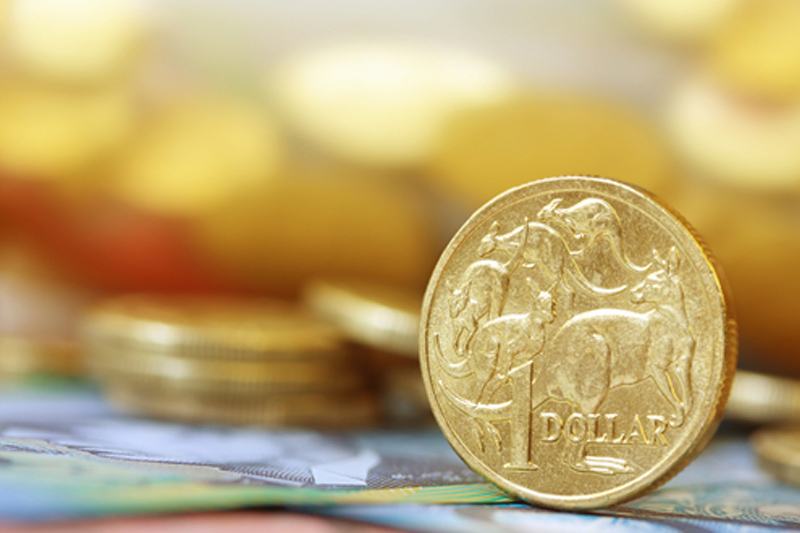By Wayne Cole
SYDNEY, Oct 30 (Reuters) - The Australian and New Zealand dollars were heading for a weekly loss on Friday as an unrelenting wave of new COVID-19 cases in Europe and North America darkened the outlook for global growth and commodity prices.
The Aussie was pinned at $0.7035 AUD=D3 , having touched a three-month trough at $0.7002 overnight. That left it down 1.4% for the week so far and threatening support around $0.7000, a break of which could see a pullback to $0.6920.
The kiwi dollar was faring just a little better at $0.6628 NZD=D3 , after hitting a one-week low of $0.6597. It was down 1% on the week, but has avoided a test of major chart support at $0.6555. Resistance is seen at $0.6660.
Lockdowns across Europe led the European Central Bank on Thursday to signal further stimulus, likely in December through more bond purchases and cheap credit for banks. expectations put pressure on other central banks to ease, if only to stop their currencies from rising and tightening domestic financial conditions.
The Reserve Bank of Australia (RBA) has acknowledged as much in its recent commentary, citing a need to restrain the Aussie amid a global rush to super-cheap money.
That is one reason investors are wagering heavily on a rate cut at the bank's November policy meeting next week, and a move to buying government debt in the five- to 10-year tenor.
"The market is already well priced for easing by the RBA," said Tapas Strickland, a director of economics at NAB.
"Our latest analysis of how large a QE program needs to be suggests the RBA would need to buy at least A$143 billion ($101.94 billion) of bonds, which would equate to around A$8 billion a month under an 18-month program."
Three-year bond futures YTTc1 held just short of all-time highs on Friday at 99.835, implying an yield of 0.165%. The RBA is widely expected to trim its target for this yield to 0.1%, from the current 0.25%.
Futures for 10-year bonds YTCc1 were at 99.1750 having been nudged off their recent top of 99.2900 by a shift higher in U.S. Treasury yields.
Analysts generally assume the RBA will want to push yields below those in the U.S., currently at 0.82%, and keep them there as one way to put downward pressure on the Aussie.
($1 = 1.4027 Australian dollars) (Editing by Gerry Doyle)
